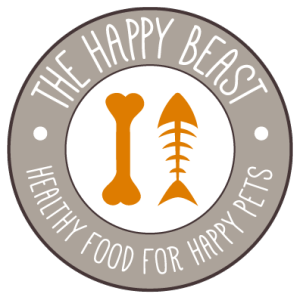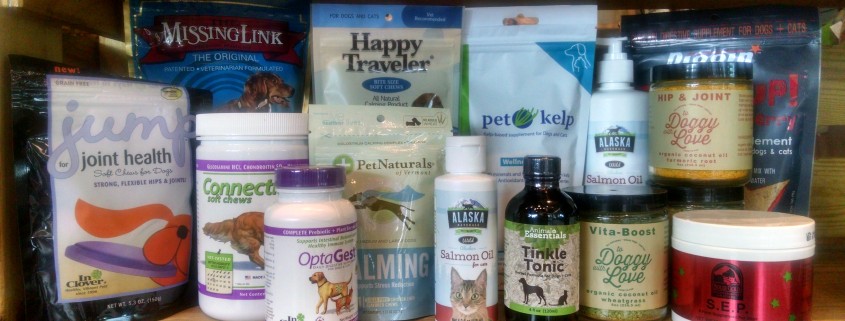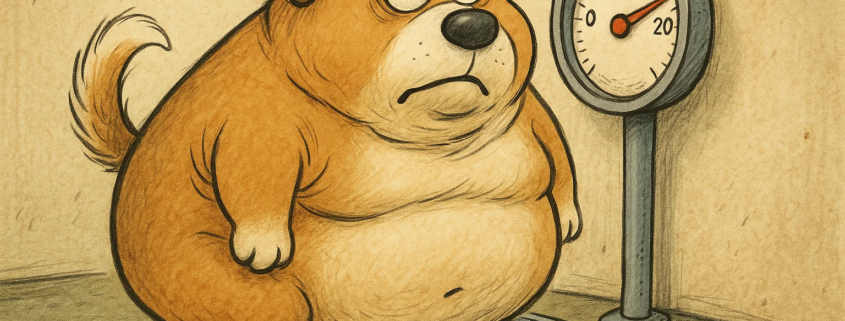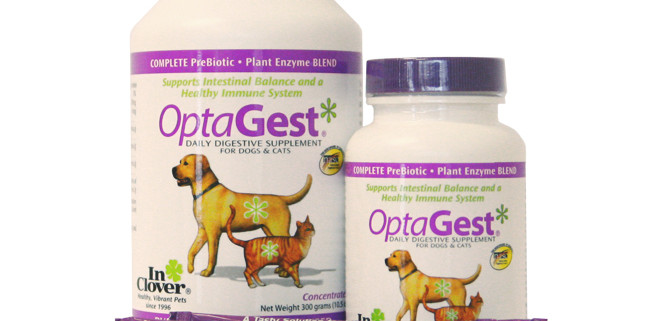Separation anxiety is probably the most common behavior concern our customers have with their dogs. It is characterized by dogs who, when left alone, howl, bark, whine, house-soil and/or chew and destroy carpet, doors, blinds, couches, etc. Behaviors range from mild to extreme. Some dog may not eat when left alone, while dogs with more severe anxiety might break out of crates, scratch through doors, or dig under fences.
In January, I met with animal behaviorist, Dr. Juli Potter, DVM of Starwood Veterinary Care in Boulder County, to discuss separation anxiety in canines: what causes it, how to manage it, and when an animal behaviorist can help.
Dr. Potter explains that most dogs suffer from some kind of separation anxiety. We have spent thousands of years domesticating dogs and breeding them to be our constant companions. While dogs are not meant to be alone, we can train even the most anxious dog to be comfortable and confident while we are away.
Rule out or identify any medical problem contributing to your dog’s separation anxiety.
Dr. Potter recommends a full blood panel with urinalysis and a complete physical exam. Left untreated, pain and illness lead to and/or increase anxiety.
Practice empathy.
Coming home to a dog who has destroyed the house or getting complaints from neighbors about your dog barking can be terribly frustrating. Try to understand why your dog behaves this way. He’s not angry or “acting out.” He’s seeking out ways to cope with the stress he’s feeling. Remember, punishing a dog who is fearful or anxious will only increase his fear and anxiety. It may even teach him to avoid you.
Make life predictable.
Create a predictable daily schedule for you and your dog. A consistent routine reduces separation anxiety by teaching your dog what to expect. Feed, walk, and train your dog 2-3 times per day. Training sessions and walks don’t have to be long; 15-30 minutes for each is sufficient. Dr. Potter says the morning walk is the most important one. It allows your dog to burn up energy before spending the day alone. Need help with training? A behaviorist can design a treatment program based on your individual needs. Need help with walking? Stop by The Happy Beast to pick up business cards for local dog walkers and pet sitters in the area.
Teach basic commands.
Basic commands like “sit”, “down”, “stay” and “shake” help teach your dog predictability as well. When practicing, say the command, wait for (or encourage) your dog to perform the behavior, then reward your dog with a treat. Practice these behaviors for 10-15 minutes 2-3 times a day. Teaching basic commands and tricks is a predictable way to interact with your dog for it helps your dog learn what is expected of him.
Ignore needy behavior.
Ignore very needy, attention-seeking behavior. Dr. Potter says this is more challenging for the humans than for the dogs. If your dog jumps up on you, shoves his head under your hand to be pet, or begs for attention, you have to walk away and do not look at him. Giving in to these behaviors reinforces your dog’s constant “neediness” for you.
When you have to leave…
Be sure to ignore your dog for at least 20-30 minutes before you have to leave.. By this time, your dog should have had a walk, a short training session and his breakfast. Don’t make your departure anything special or overly emotional. About 10 minutes before you leave, give your dog a special treat such as a Snoop filled with treats, a bully stick or a Kong stuffed with peanut butter or dog food. (Dr. Potter suggest filling a Kong with canned dog food and freezing it overnight.)
When to seek professional help.
If your dog’s separation anxiety is negatively affecting you or your dog’s quality of life, consulting with a behaviorist can make a remarkable difference. Dr. Potter explains that sometimes the things we think are helping our animals are actually reinforcing their anxious behaviors. A behaviorist can help you identify what is working, what is setting you back and also prescribe a training protocol.
In certain cases, a vet may also prescribe an anti-anxiety medication. Dr. Potter explains that medications like these are a “band-aid” and should only be used short term. The medication reduces the dog’s anxiety so that he can begin to learn alternate positive behaviors. As training goes into effect and the dog becomes symptom free,the medication should be tapered off. Anti-anxiety medications inhibit the production of neurotransmitters in the brain, therefore a rebound effect, or worsening of symptoms, can occur if the medication is stopped suddenly.
Dr. Juli Potter, DVM of Starwood Veterinary Care in Boulder County offers in home wellness visits, behavior consulting and training. Her mission is to enhance the human-animal bond through knowledge, empathy, and compassionate care.
 After my dog’s sudden death this summer, I found myself incredibly lonely. My best friend, who I spent hours walking with every morning, who I rushed home to after work, who kept me company in the kitchen and kept my feet warm at night, was suddenly and very unexpectedly gone.
After my dog’s sudden death this summer, I found myself incredibly lonely. My best friend, who I spent hours walking with every morning, who I rushed home to after work, who kept me company in the kitchen and kept my feet warm at night, was suddenly and very unexpectedly gone.



